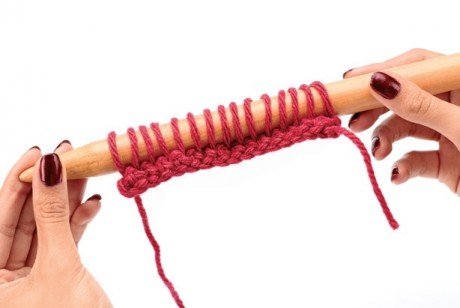
Lying on the floor or against a wall, hold your arm overhead and place the foam roller under your armpit, roll up and down the length of your upper body.


Start with a foam roller and progress to a lacrosse ball. If so, you have tight lats.Ī good place to start if you have tight lats is with soft tissue mobilisation, also known as myofascial release. Compare if the range of motion is less.Take your arms straight to an overhead position towards the wall and check your position.Hold a broomstick or PVC pipe, hands outside of shoulder with your palms facing down.To test if your lats are tight you can use the seated wall lat test: The good news is there are many ways to quickly and effectively release tight lats, allowing for an immediate improvement in front rack positioning. The most common limitation for an athlete to get into a good front rack position and therefore perform a front squat with good mechanics is due to tightness and restriction in the lats and shoulder. The 17 best front squat mobility exercises are: Mobility restrictions can also diminish a lifter’s enjoyment of training this movement causing frustration, discomfort, or even pain and injury.īelow I’ll explain the mobility requirements to be able to set up for and perform the front squat safely and correctly and provide 18 exercises that you should include in your routine.

Mobility restrictions in the wrists, shoulders, hips, and ankles can limit the benefits a lifter has to gain from front squatting due to not being able to get into or maintain the correct position. However, the front squat does pose some additional challenges as it requires a higher level of mobility and body awareness than many other squat variations. The front squat is a great squat variation for any lifter looking to improve their squat strength in a way that is transferable to the back squat and clean through increased core and quad activation.


 0 kommentar(er)
0 kommentar(er)
